At the Tower Gallery in City Hospital, I arrived with some time to spare in advance of the official start of an exhibition of street photography by Tuck Goh. I took a seat and watched passers-by — staff, patients, and visitors. There was a flow of activity not unlike that portrayed in some of the framed images hanging in front of me. Such images are captured with a camera eye trained to capture “the decisive moment”. I’m interrupted by a young woman pushing a young girl — seven or eight years old — in a specialist wheelchair, between me and an image of another younger girl outdoors with her parents. Snapshots of life wherever you look for it.
Goh describes his fascination with the genre of street photography as an extension of his practice as a physician:
“Obviously, both are primarily interested in people. Additionally, they both require being attentive to small details, little gestures, and to some extent, predicting human behaviour. To capture the ‘decisive moment’, it helps to know where the subject is coming from and where he or she is going to. In medicine, the patient’s medical past very often has a significant role in the patient’s future treatment.”
Goh graduated from Queen’s University Belfast in Medicine in 1985. He left medicine for several years to work in commercial photography. Upon returning to medicine, he continued to take pictures. But this has evolved to making images.
I asked Goh what was the impetus of moving from commercial to street photography. He replied: “I’ve always taken pictures, from when I was a child. Travelling and all that. But I wanted my photos to say more. I knew about Henri Cartier-Breton and Paul Gilden — but he’s too much in your face.”
Indeed, most of Goh’s exhibition images are taken from some distance. Sometimes, this works well, for example in an image of a row of people looking in different directions (“Forbidden Palace”). A good middle-distant image is of a mother, father, and young girl — all with eyes closed — while the girl tilts back a half-filled bottle of cola (“Kunming Lake”). The strongest image, in my opinion, is a short-distant image of a pair of hands at a ticket booth that is reflecting the balcony of tourist binoculars (“Dora Observatory”).
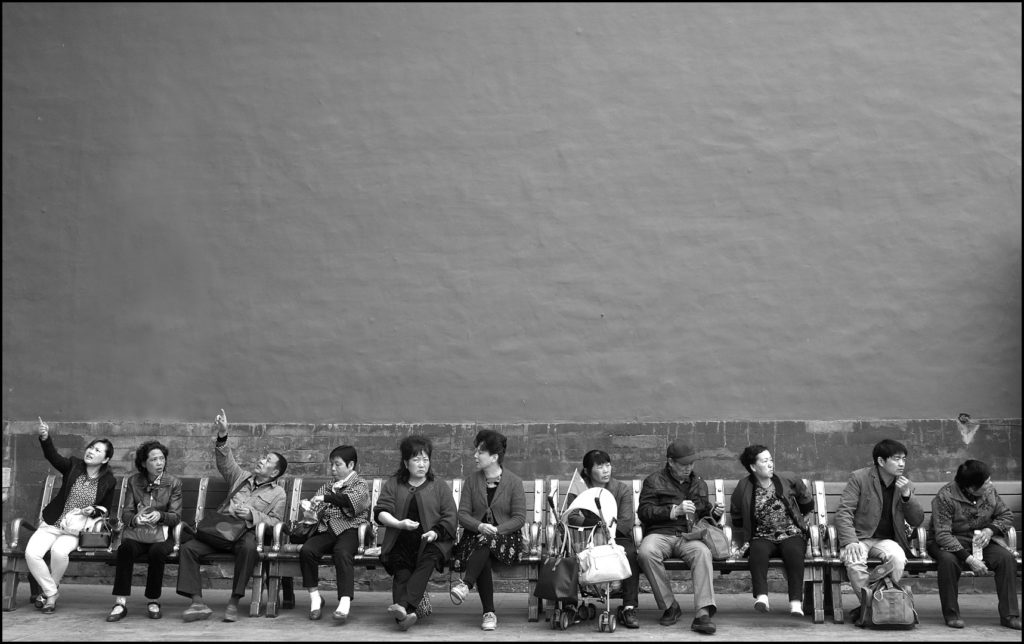
Forbidden Palace. (c) Tuck GOH with permission
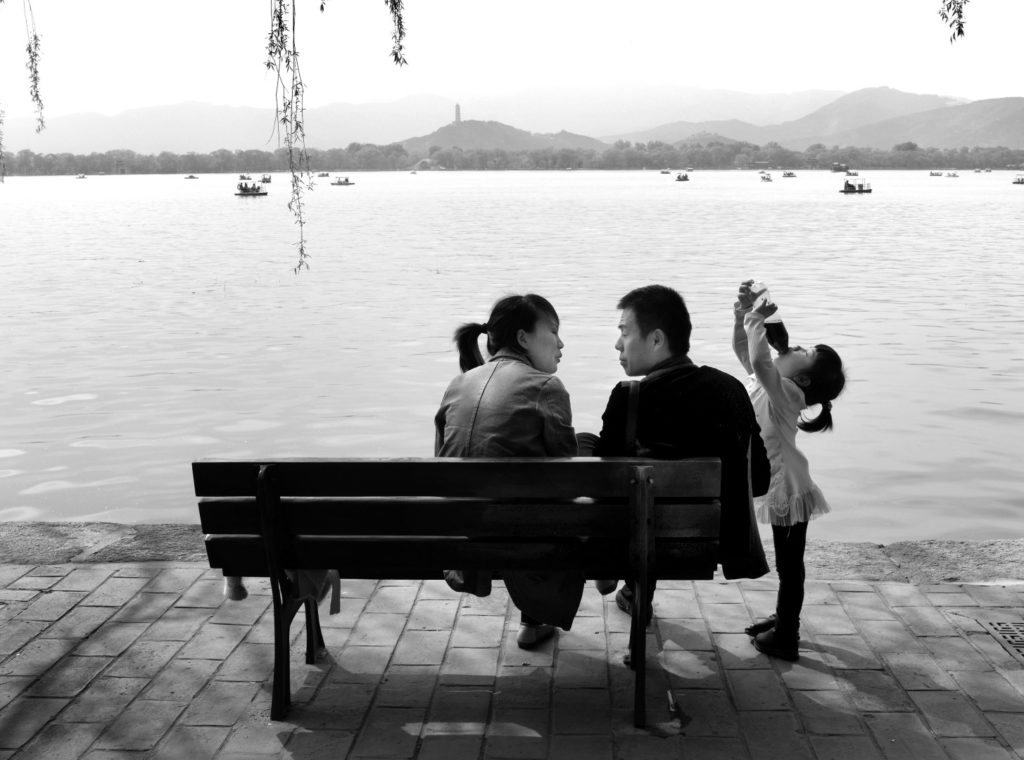
Kunming Lake. (c) Tuck GOH with permission
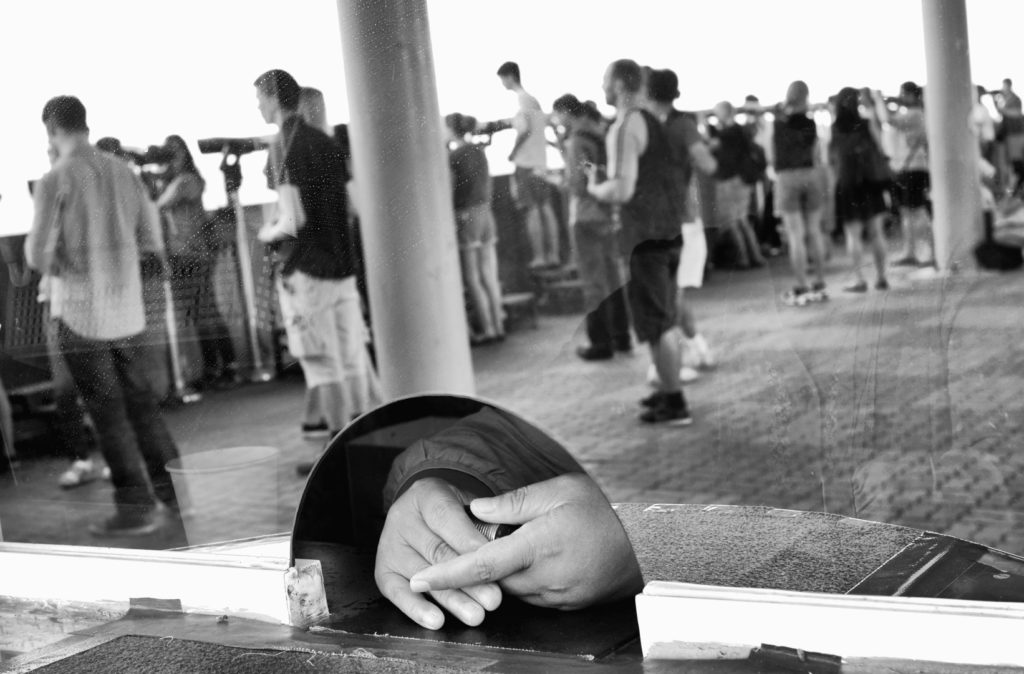
Dora Observatory, near the DMZ, South Korea. (c) Tuck GOH with permission
In my conversation with Goh, I realise that this is not his first exhibition. He told me that he has had a few before at the Ulster Hospital, where he works his regular job as a physician. “Arts Care has been very helpful to me,” Goh said.
The chairperson of Arts Care, Professor Randal Hayes, gave some kind, introductory remarks, welcoming us to the exhibition launch. “It’s nice to see you after 30 years, Tuck,” teased Hayes.
Caitlin Lawlor explained to me how Arts Care, an independent charity of over 25 years, has a contract with the Health & Social Care Board to deliver art workshops to the most sick and vulnerable throughout the five trust areas. This includes the likes of hospital clowns and painting and drawing workshops.
It also includes the management of the Tower Gallery space at Belfast City Hospital, which is used to display artwork. Here, Arts Care also facilitates an annual exhibition by Belfast Photo Imaging Club.
Another example of Arts Care supported photography work is that of Bronagh Corr-McNicholl, resident artist at Altnagelvin Hospital in Derry-Londonderry. Bronagh worked with hospital service users in a project to digitally manipulate images with script. These creations were displayed on outdoor hoarding boards as part of an Inside/Outside Gallery.
Art is recognised as a useful, therapeutic tool in the aid of rehabilitation and recovery. Its public display in hospital environments is appropriate, as those who find themselves in its places, in whatever capacity, often find themselves reflecting on profound aspects of life and death.
It is encouraging to see the display of photography as art, for healing and reflection.
“Street Photography” exhibition by Tuck Goh will be on display at the Tower Gallery, Belfast City Hospital, from 17 January-21 February 2019.
More images by Tuck Goh can be viewed on his website.
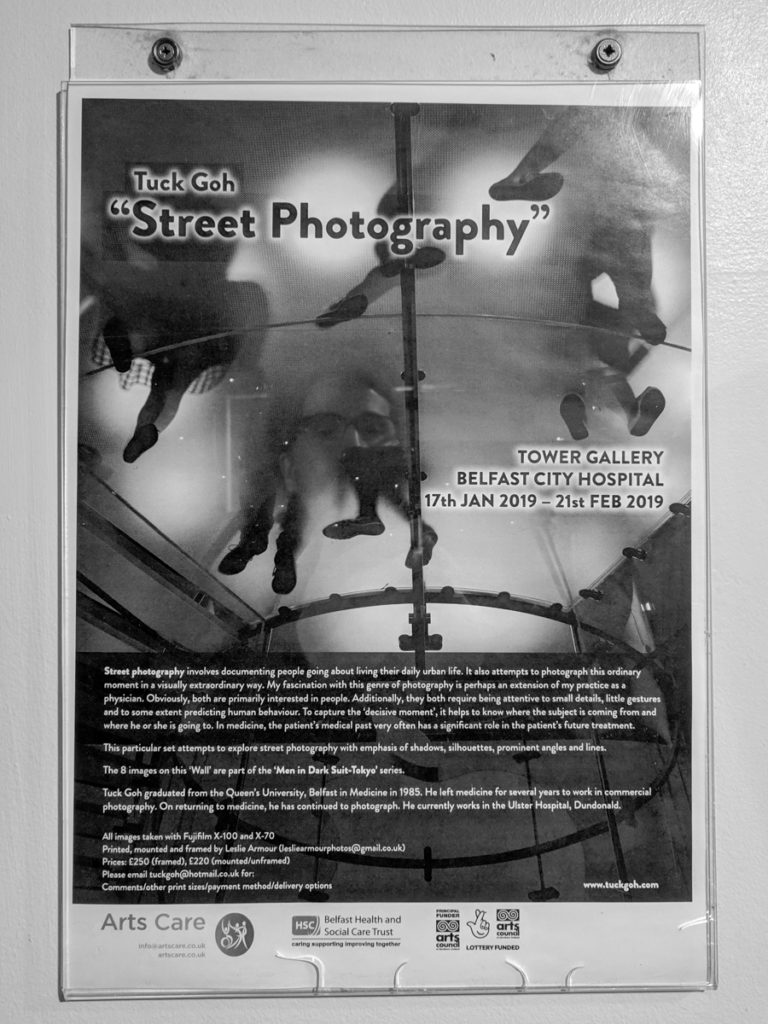
Street Photography exhibition by Tuck GOH. Tower Gallery, Belfast City Hospital. (c) Allan LEONARD @MrUlster
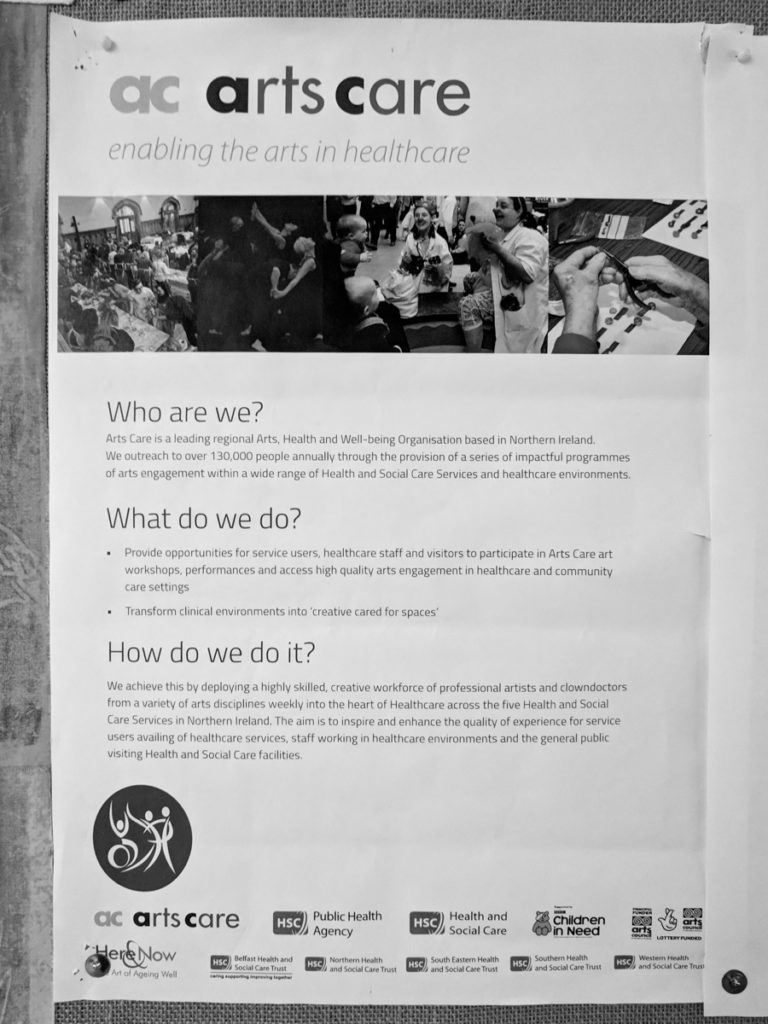
Arts Care. Street Photography exhibition by Tuck GOH. (c) Allan LEONARD @MrUlster
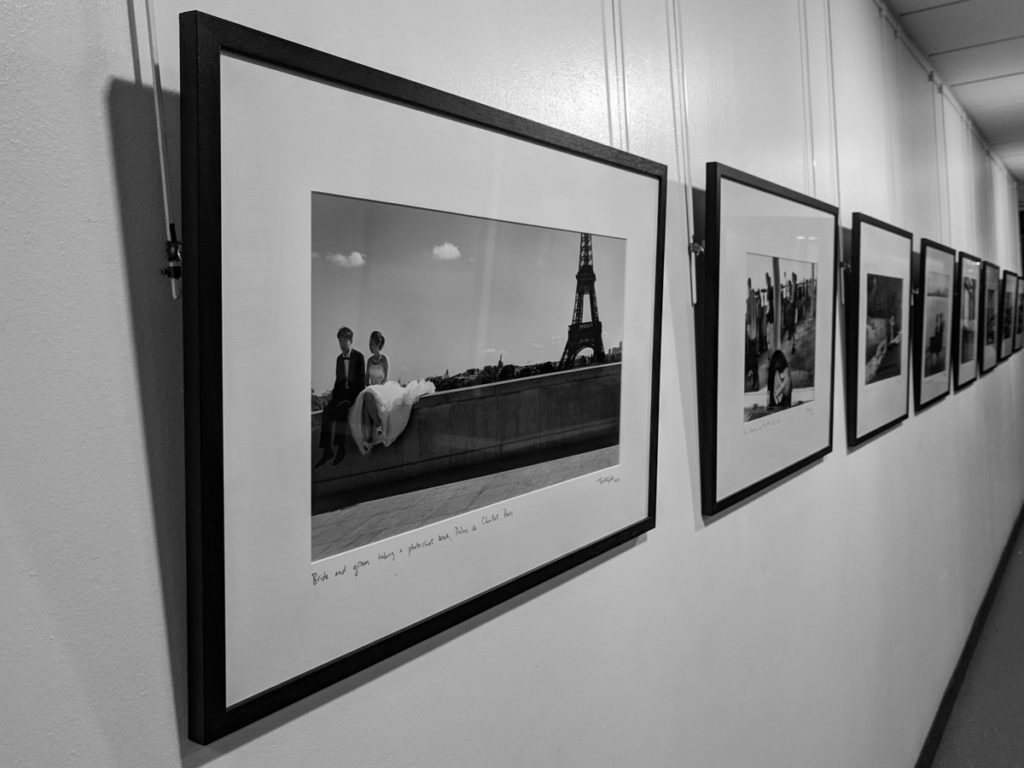
Street Photography exhibition by Tuck GOH. (c) Allan LEONARD @MrUlster
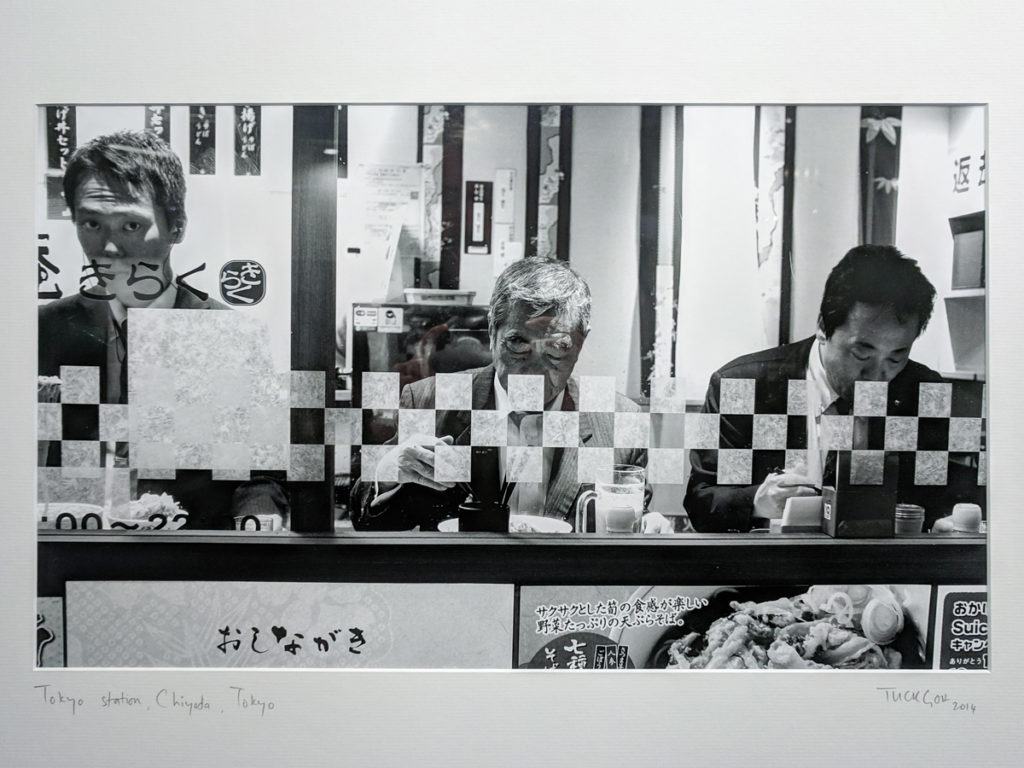
Tokyo station, Chiyoda, Tokyo. Street Photography exhibition by Tuck GOH. (c) Allan LEONARD @MrUlster
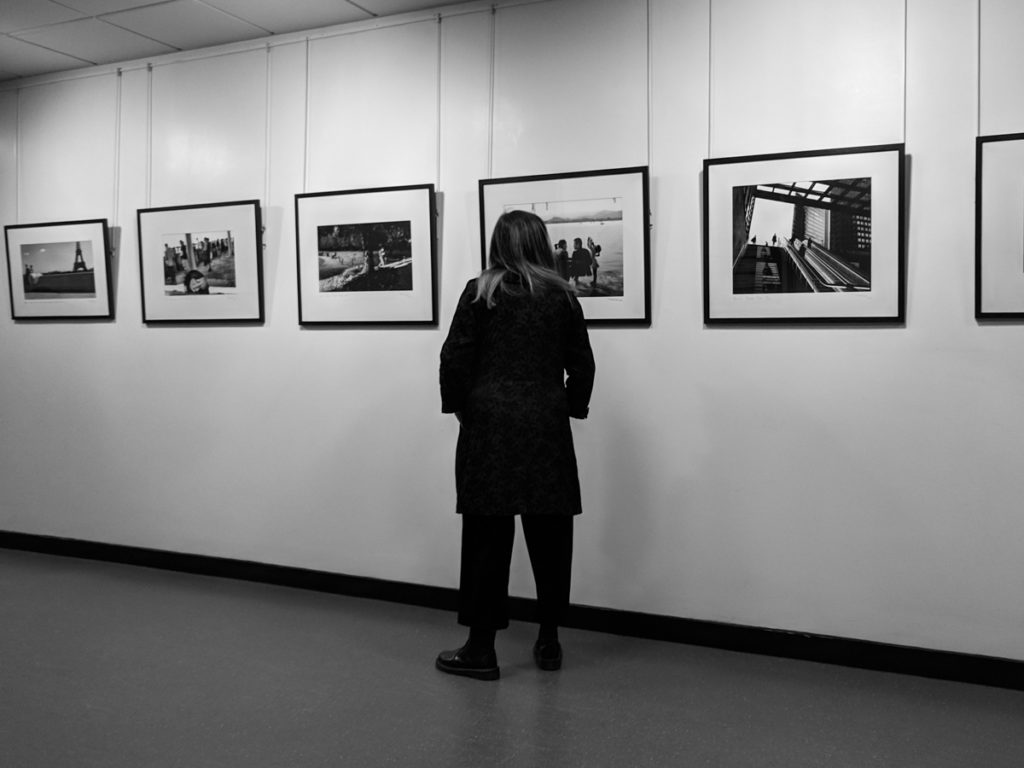
Street Photography exhibition by Tuck GOH. Tower Gallery, Belfast City Hospital. (c) Allan LEONARD @MrUlster
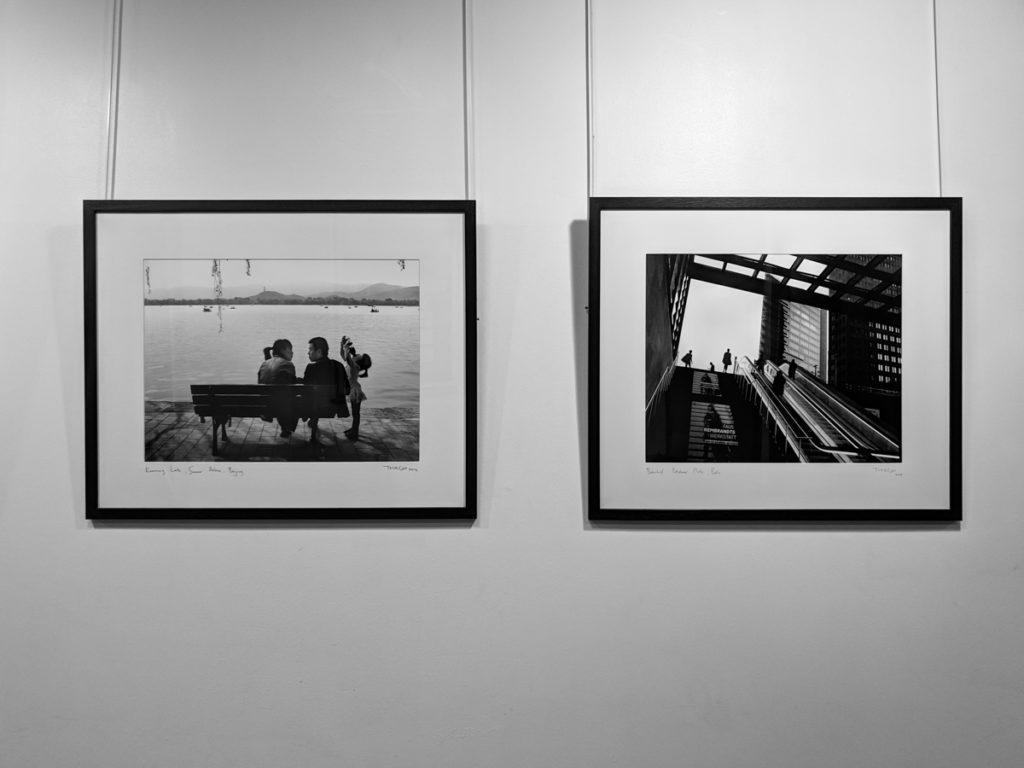
Street Photography exhibition by Tuck GOH. Tower Gallery, Belfast City Hospital. (c) Allan LEONARD @MrUlster
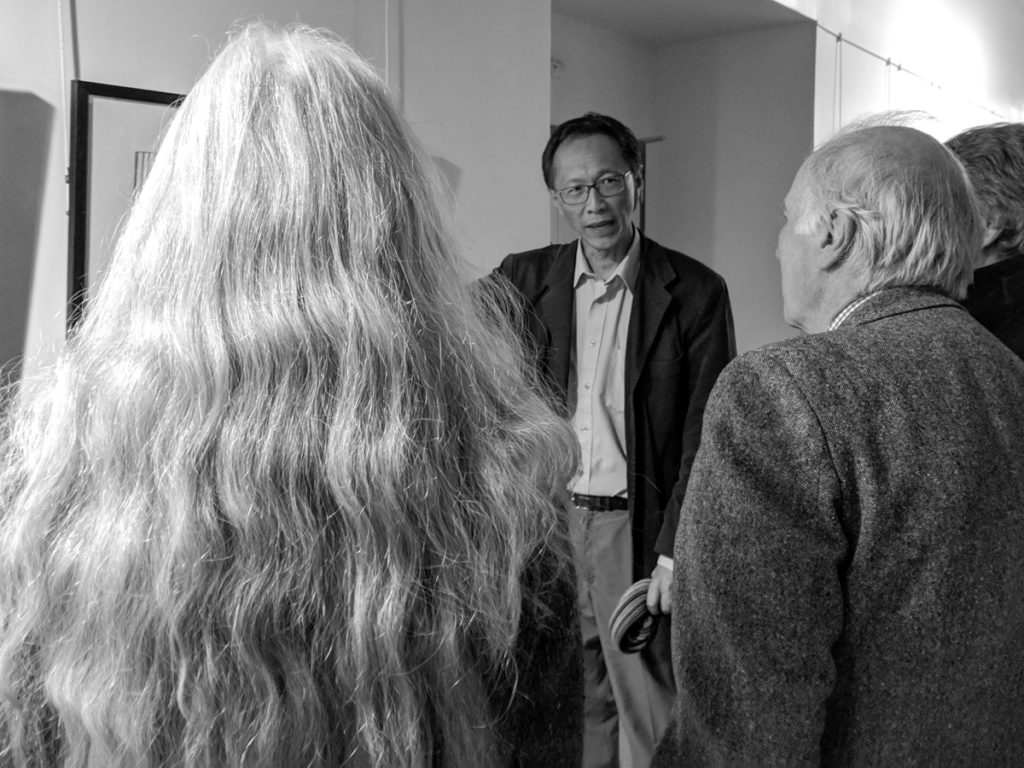
Tuck GOH describing one of his images. Street Photography exhibition by Tuck GOH. (c) Allan LEONARD @MrUlster
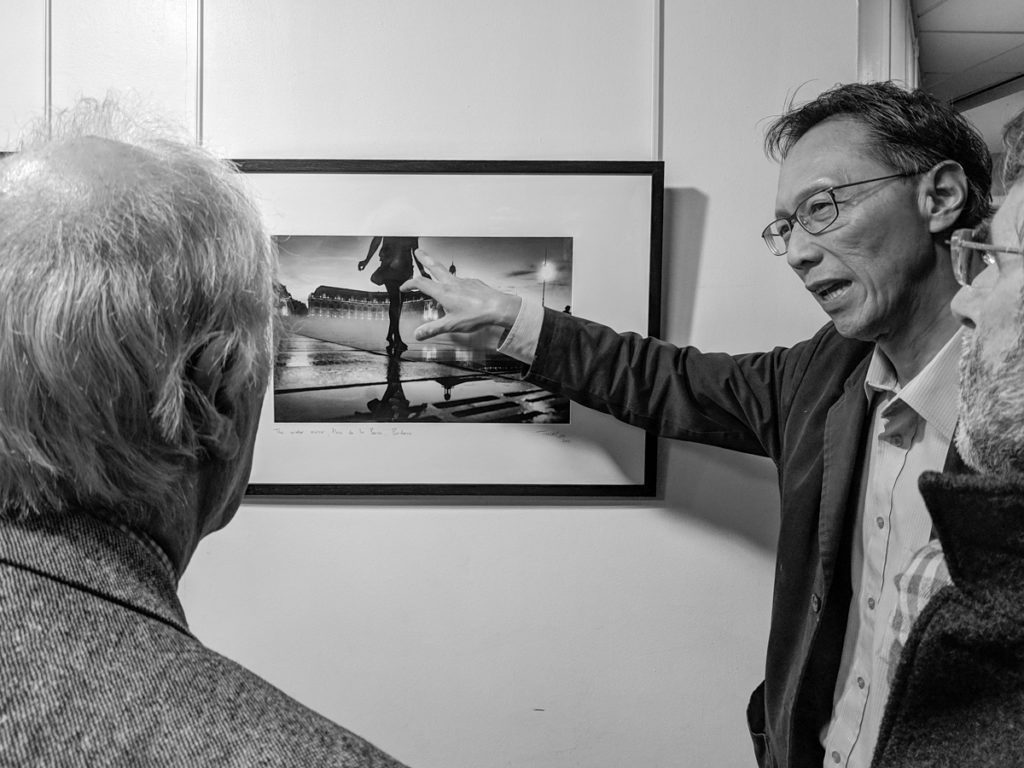
Tuck GOH describing one of his images. Street Photography exhibition by Tuck GOH. (c) Allan LEONARD @MrUlster
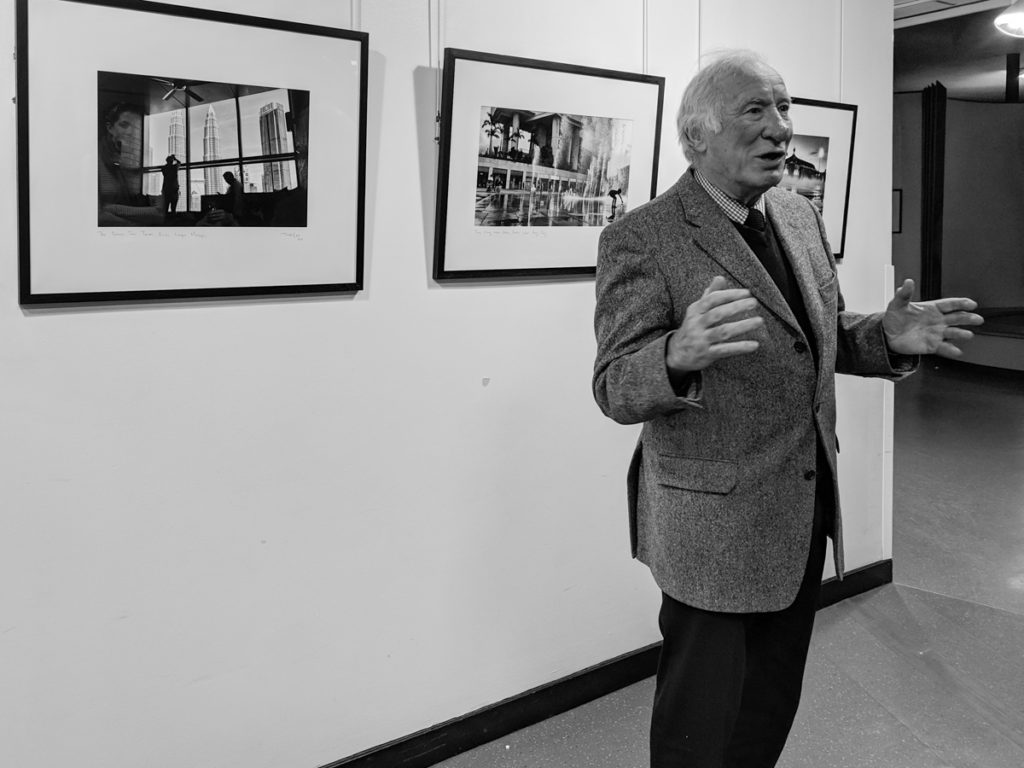
Randall HAYES (Chairperson, Arts Care). Street Photography exhibition by Tuck GOH. (c) Allan LEONARD @MrUlster
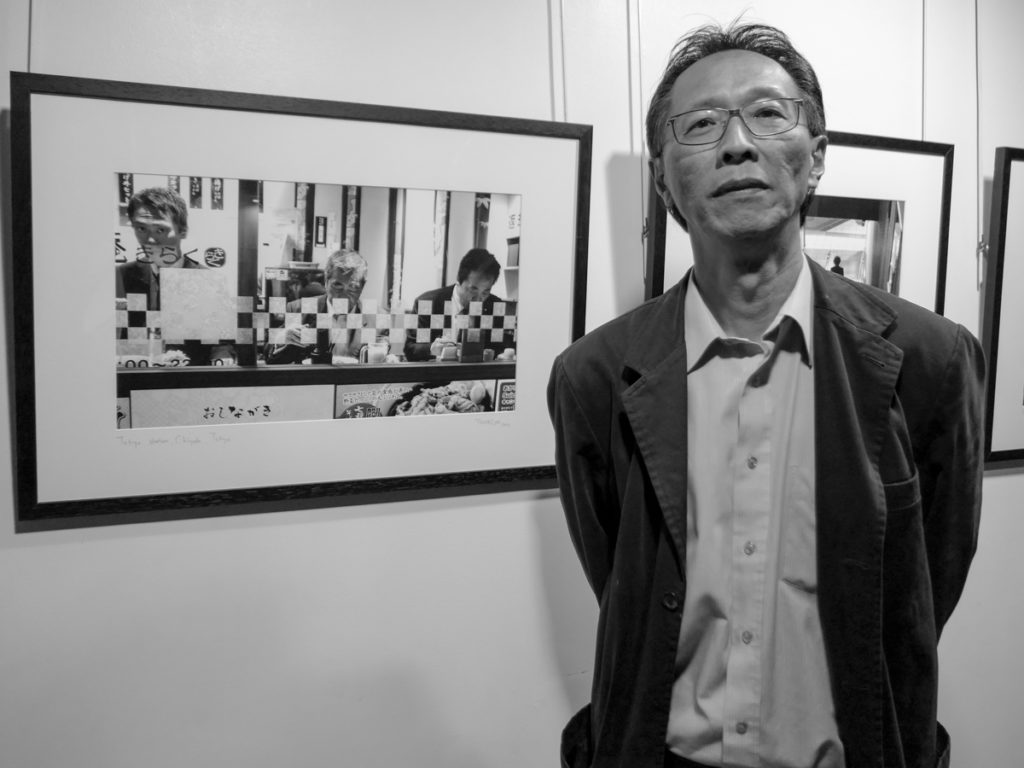
Tuck GOH. Street Photography exhibition by Tuck GOH. (c) Allan LEONARD @MrUlster
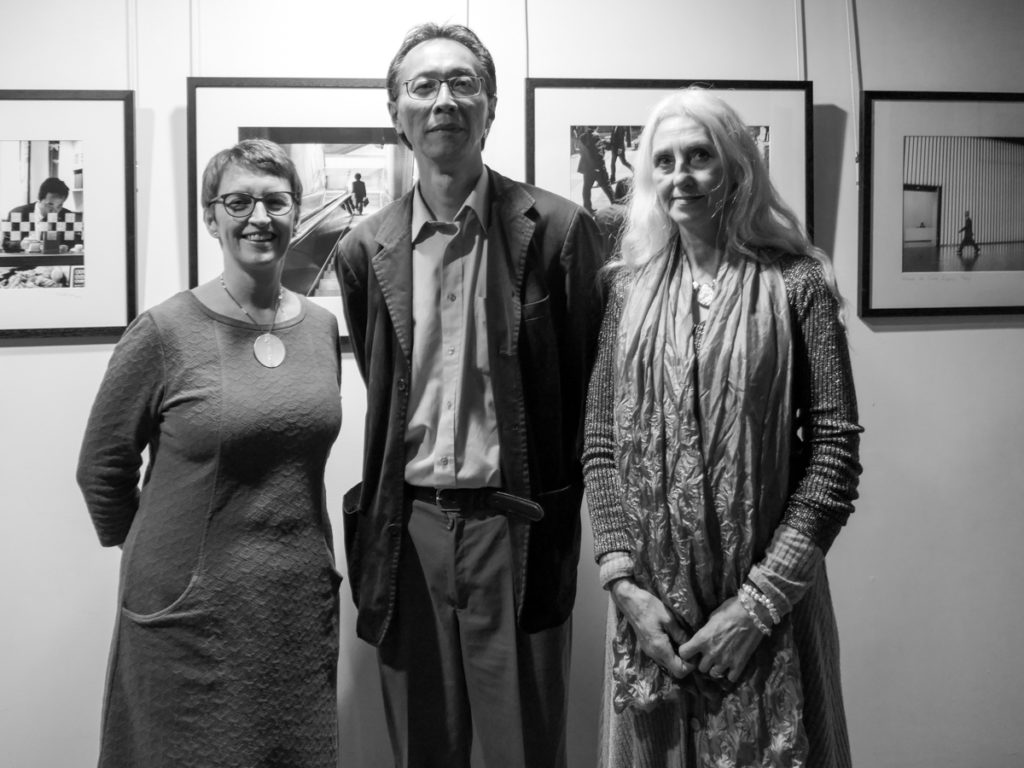
Paula McHUGH (Arts in Health Manager, Belfast Health & Social Care Trust), Tuck GOH, and Anne QUAIL (Arts Centre Artist-in-Residence). Street Photography exhibition by Tuck GOH. (c) Allan LEONARD @MrUlster
